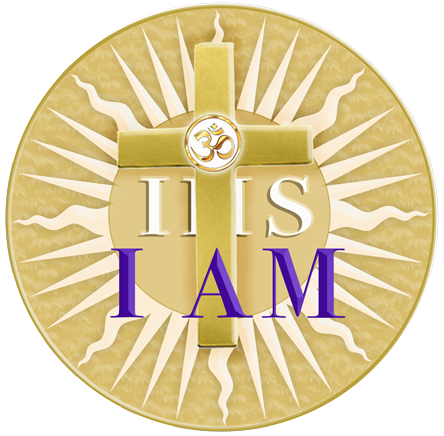
Logos of the Way
Biblical and Historical Context
The Logos of the Way podcast reveals the transmission and teachings received directly from Jesus for more than twenty years. Certainly, this mystical experience represents a miraculous encounter with Jesus, but more importantly it has a theological, prophetic, and historical context. This context is an essential aspect of the transmission and teachings that began in 1996 and continues to this day. Otherwise, the teaching and transmission can be taken out of context and turned into a heresy or partial truth. The historical context and theological teaching provides you with a much deeper perspective of the reality of Jesus, his eternal presence, and his life-changing teachings that open your heart to the divine love within you.
The Gospel of John
Jesus said to Martha, ‘I am the resurrection and the life. Those who believe in me, even though they die, will live, and everyone who lives and believes in me will never die. Do you believe this?’ John 11:23—26
The gospel of John is different from the gospels of Matthew, Mark and Luck, which are known as the synoptic gospels. The synoptic gospels are very similar in structure and content. The gospel of John is very different from the synoptic gospels. This gospel more than any other reveals Jesus’ teaching of The Way or the way salvation that Jesus taught and continues to teach. This is the only gospel to record the profound teaching and first miracle of Jesus that happened during the wedding of Cana. It is also the only gospel to reveal that Jesus is the incarnation of the Word [Logos] and contains the core teaching of the Eucharist that Jesus consecrated at the last supper as the New Covenant sealed in his blood that would be poured out for many for the removal of sin.This gospel more than any other gospel is directly connected to the experience in the Holy Lands in 1998.
The Crucifixion
The 11th Station of the Via Delorosa
So they took Jesus; and carrying the cross by himself, he went out to what is called The Place of the Skull, which in Hebrew is called Golgotha. There they crucified him, and with him two others, one on either side, with Jesus between them. John 19:17—18
On the third day there was a wedding in Cana of Galilee, and the mother of Jesus was there. Jesus and his disciples had also been invited to the wedding. When the wine gave out, the mother of Jesus said to him, ‘They have no wine.’ And Jesus said to her, ‘Woman, what concern is that to you and to me? My hour has not yet come.’ His mother said to the servants, ‘Do whatever he tells you.’ John 2:1—4
During the first twenty-four hours of our journey to Jerusalem we were led to the burning cross and as we reached the top of the stairs we were immediately invited into a Eucharistic service. This is the altar next to what Jesus had described as the burning cross were the Eucharist Service was held. What I was not aware of at the time, is the altar is Catholic and consecrated by the Franciscan Order of Saint Francis. I was also unaware that it is the 11th Station of the Cross of the Via Delorosa—the way of suffering or the path Jesus carried his cross. This is the actual place where Jesus and the two criminal crucified with him were nailed to the cross. This is the altar that I knelt in front of when the priest ran out of wine, which at the time was strange, and is now recognized to be a direct correlation to the wedding of Cana and the Virgin Mary’s famous words, “Do whatever he tells you.” This is the first miracle of the four miracles of the Eucharist that was consecrated by Jesus at the Last Supper and it was the first miracle of the Journey through the Holy Lands of Israel, Egypt, and Mount Sinai in 1998. The amount of scripture associated with this one location in astonishing, but it also connects directly to the initial experience of the vast indescribable Love.
The Gospel of John
Jesus says, “I am the way, the life, and the truth. No one comes to the father except through me.” John 14:6
The gospel of John is different from the other gospels, which are known as the synoptic gospels—Matthew, Mark, and Luke are basically different perspectives of the same events. The gospel of John is very different from the synoptic gospels. This gospel more than any other is the teaching of The Way. It reveals the way of salvation that Jesus taught and continues to teach. This is the only gospel to record the profound teaching and first miracle of Jesus that happened during the wedding of Cana. This gospel more than any other gospel is directly connected to the experience in the Holy Lands in 1998. It is also the only gospel to reveal that Jesus is the incarnation of the Word [Logos] and contains the core teaching of the Eucharist that Jesus consecrated at the last supper as the New Covenant sealed in his blood that would be poured out for many for the removal of sin.



